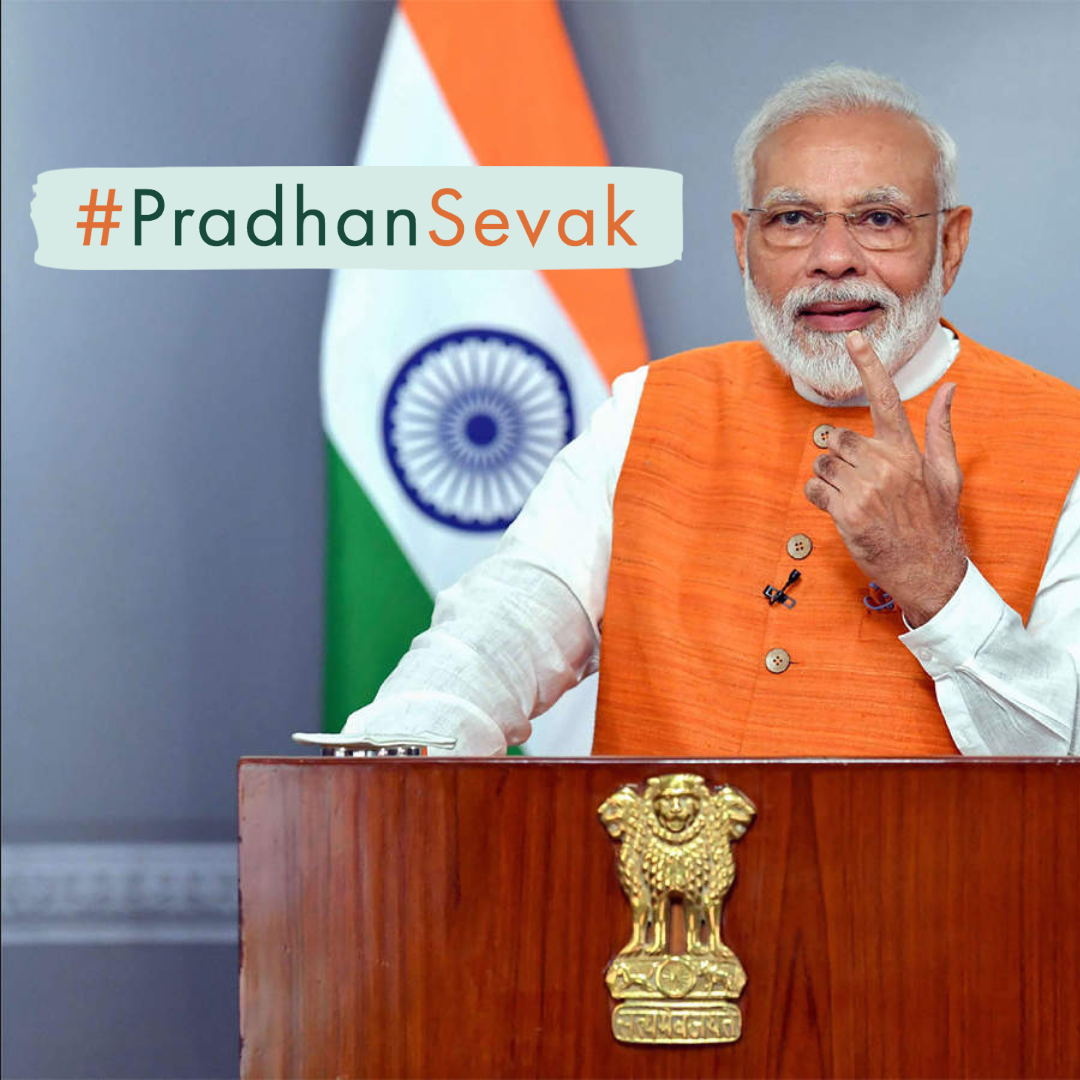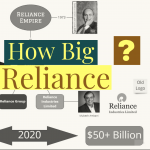Narendra Damodardas Modi. Sounds like a name you’ve heard several times? Of course you have. One of India’s best Prime Minister’s so far. He has been the Prime Minister of India since 2014. He has come a long way and brought a lot of success for India.
Narendra Damodardas Modi, an Indian politician who currently serves as the 14th Prime Minister of India. He was the Chief Minister of Gujarat from 2001 to 2014 and is the member of Parliament for Varanasi. Modi is a member of the Bharatiya Janata Party (BJP) and the Rashtriya Swayamsevak Sangh (RSS). He is the first Prime Minister outside of the Indian National Congress to win two consecutive terms with a full majority. Also the second to complete five years in office after Atal Bihari Vajpayee.
The Good Old Days
Born to a Gujarati family in Vadnagar, Modi used to assist his father by selling tea. At a young age, he was introduced to the RSS. In 1971 he became a full-time worker for the RSS. Moreover, Modi had to go into hiding during the state of emergency in 1975.
In 1985, RSS assigned him to BJP where he held several positions, rising to the rank of General Secretary. Modi became the Chief Minister of Gujarat in 2001. Because of the failing health of Keshubhai Patel and the poor public image following the earthquake in Bhuj. Modi won the legislative assembly from Rajkot where Current Governor of Karnataka Mr Vajubhai Vala vacate his seat for CM. Modi led BJP in the 2014 general election. This gave the party a majority in the Indian lower house of parliament, the Lok Sabha. Which had happened for the first time for any single party since 1984.

Accomplishments of PM Modi
Ayushman Bharat:
The Ayushman Bharat Yojana is a scheme that helps economically vulnerable Indians who are in need of healthcare facilities. The health insurance scheme launched on the 23rd of September 2018, has already benefited 10 lakh poor patients.
More than 500 million Indians who could not afford medical treatment for non-communicable illnesses now have access to free healthcare. Modi launched this health insurance scheme to cover about 50 crore citizens in India. It was reported that 18,059 hospitals have been empanelled, over 4,406,461 lakh beneficiaries have been admitted and over 10 crore e-cards have been issued. The coverage includes 3 days of pre-hospitalisation and 15 days of post-hospitalisation expenses. In addition, around 1,400 procedures with all related costs are taken care of. All in all, PMJAY and the e-card provide a coverage of Rs. 5 lakh per family, per year, thus helping the economically disadvantaged obtain easy access to healthcare services.
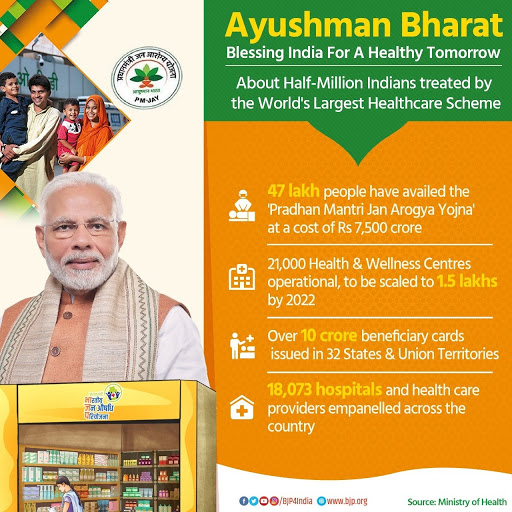
The Insolvency And Bankruptcy Code:
The legislation, enacted in December 2016, is the magic bullet to tackle India’s chronic problem of non-performing assets. Banks have begun to recover debts that had seemingly turned irretrievably bad. IBC has helped bankers to solve larger alacrity cases. It is precisely to curtail the resolution period and prevent wily promoters to defraud lenders under the guise of endless litigations.
On the 17th of July 2019,the Narendra Modi cabinet passed seven amendments to the IBC. Thereby, making some much-needed changes in the recent order of the National Company Law Appellate Tribunal (NCLAT). The average recovery in the insolvency cases that saw resolution in the first two years has been to the tune of 46% against just 26% under the earlier Board for Industrial and Financial Reconstruction (BIFR) regime. This highlights the effectiveness of the insolvency framework.
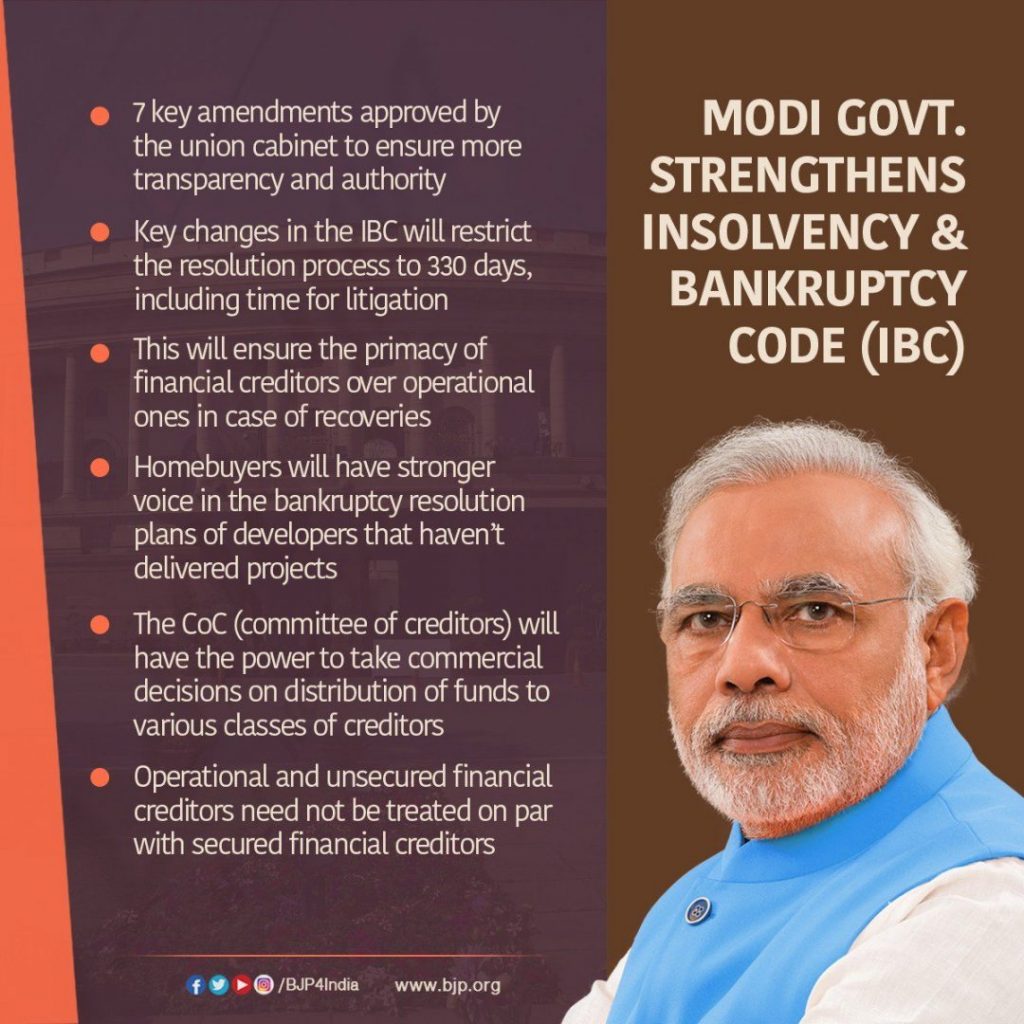
Rural Electrification:
The government’s push to provide last-mile connectivity to hard-to-access rural clusters has been fairly successful. The Saubhagya Scheme is an Indian government project to provide electricity to the households.] Prime Minister Narendra Modi announced the project in September 2017. The aim was to complete the electrification process by December 2018. Certain households identified via the Socio-economic and Caste Census (SECC) of 2011 will be eligible for free electricity connections, while others will be charged Rs. 500. On 16 November, 2017, the government launched a website www.saubhagya.gov.in to disseminate information about the scheme. The total budget of the project is Rs. 16, 320 crore. The beneficiary household will get One LED light, one DC power plug. It also includes the Repair and Maintenance of Meter only for 5 years. 91% of rural Indian households have received electricity access by june 2019.

Free LPG Cylinders:
Known as the Ujjwala Yojana scheme which gave women in villages now access to cooking gas. This has both health and economic benefits. The beneficiaries got over 60 million free LPG connections with nearly 50 per cent going to SC/ST households. PM Modi launched Pradhan Mantri Ujjwala Yojana on the 1st May 2016 to distribute 50 million LPG connections to women of Below Poverty Line (BPL) families.
A budgetary allocation of ₹80 billion was made for this scheme. In the first year of its launch, the connections distributed were 22 million against the target of 15 million. There were 30 million connections which were distributed, from which 44% of which were given to families. The number crossed 58 million.To include 80 million poor households, the Union Budget of India widened its scope. The scheme led to an increase in LPG consumption by 56% in 2019 as compared to 2014. This scheme has benefited over 14.6 million BPL families in Uttar Pradesh, 8.8 million in West Bengal, 8.5 million in Bihar, 7.1 million in Madhya Pradesh and 6.3 million in Rajasthan.
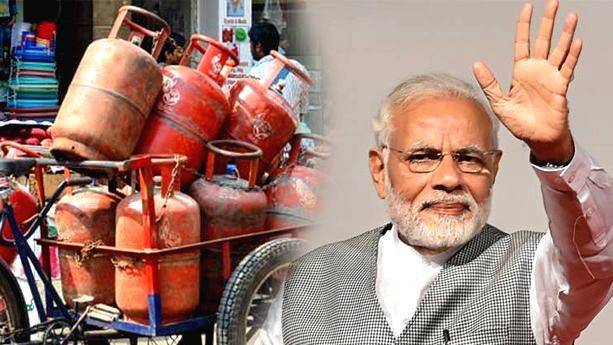
Sanitation:
Since October 2014, over 92 million toilets have been constructed, covering nearly 500 million households.The Swachh Bharat Mission or Clean India Mission was a country-wide campaign from 2014 to 2019, to eliminate open defecation and improve solid waste management in urban and rural areas in India. The objectives of the mission also included eradication of manual scavenging, generating awareness and bringing about a behavior change regarding sanitation practices, and augmentation of capacity at the local level.
The mission aimed to achieve an “open-defecation free” (ODF) India by 2 October 2019, the 150th anniversary of the birth of Mahatma Gandhi. In 2017, the national sanitation coverage rose to 65% from 38.7% before the start of the campaign. It was 90% in August 2018. 35 states, 699 districts and 5.99 lakh villages were declared Open Defecation Free (ODF) by 25 September. The cities and towns which have been declared ODF stood at 22 percent. The urban wards which have achieved 100 percent door-to-door solid waste collection stood at 50 percent. The number of Swachhagraha volunteers working across urban local bodies rose to 20,000, and those working in rural India rose to more than a lakh. The number of schools with separate toilet facilities for girls rose from 0.4 million (37 percent) to almost one million (91 percent).

Foreign Policy:
The government has repaired relations with China, Maldives and Sri Lanka. They also built economic and geopolitical bridges to East Asia and West Asia and strengthened the strategic partnership with the US. Improving relations with immediate neighbors would be Modi’s priority as peace and tranquillity in South Asia were essential in order to realize his development agenda.He pledged to introduce the concept of paradiplomacy in India where each state and city would have the liberty to forge special relations with countries, federal states, or cities of their interest. Bilateral trade would dominate relations with most countries except for a few important global powers with which India shares a strategic partnership.
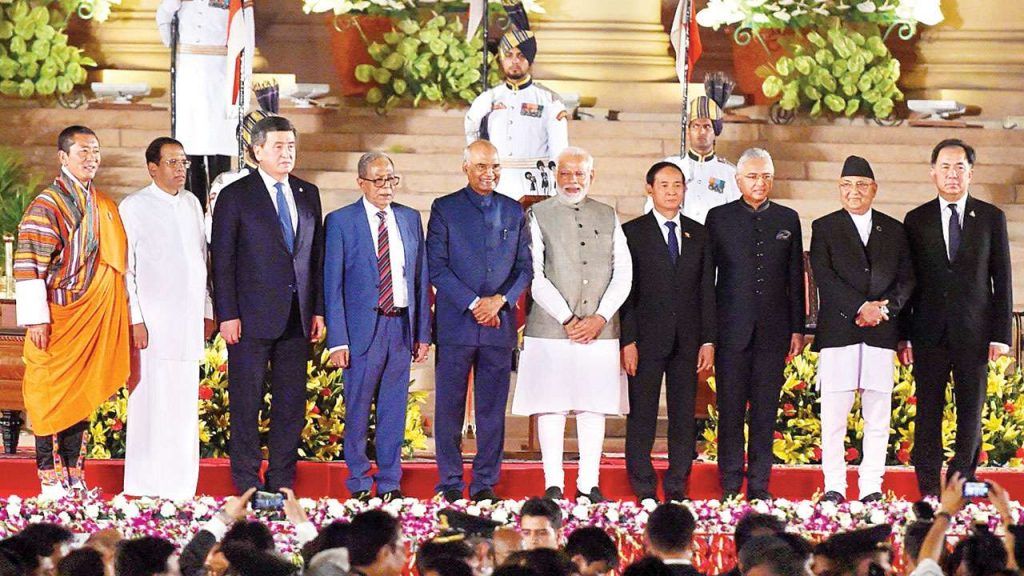
GST:
The Modi government’s second bold policy step was to launch the goods and services tax (GST) in July 2017. The aim of the GST policy was to create a common market in India, as opposed to the many different sales taxes that existed in different Indian states. The initial effect of the introduction of the GST was negative on the economy. This was especially the case for India’s large informal sector because it employs the vast majority of people outside of agriculture.
Small businesses were confused about burdensome reporting requirements. At the same time, the GST policy could be seen as one of the most important policy initiatives and as the one of the most significant constitutional innovations since 1950. While the initial effect of the GST policy on the Indian economy was a negative shock, the long-term impact is likely to be strongly positive.
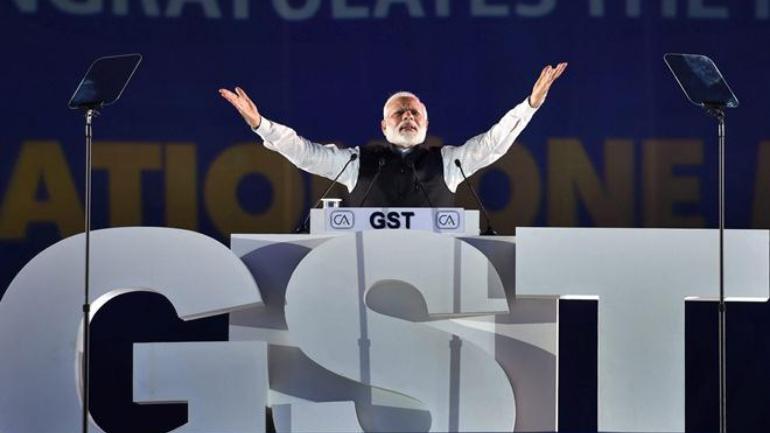
These are just a few of Modi’s successes which has proved him to be one the best Prime Ministers of India. His charisma, hard work and love for his nation has been reflected in his victories. His work has proved to be extremely beneficial for India’s economy and welfare.
